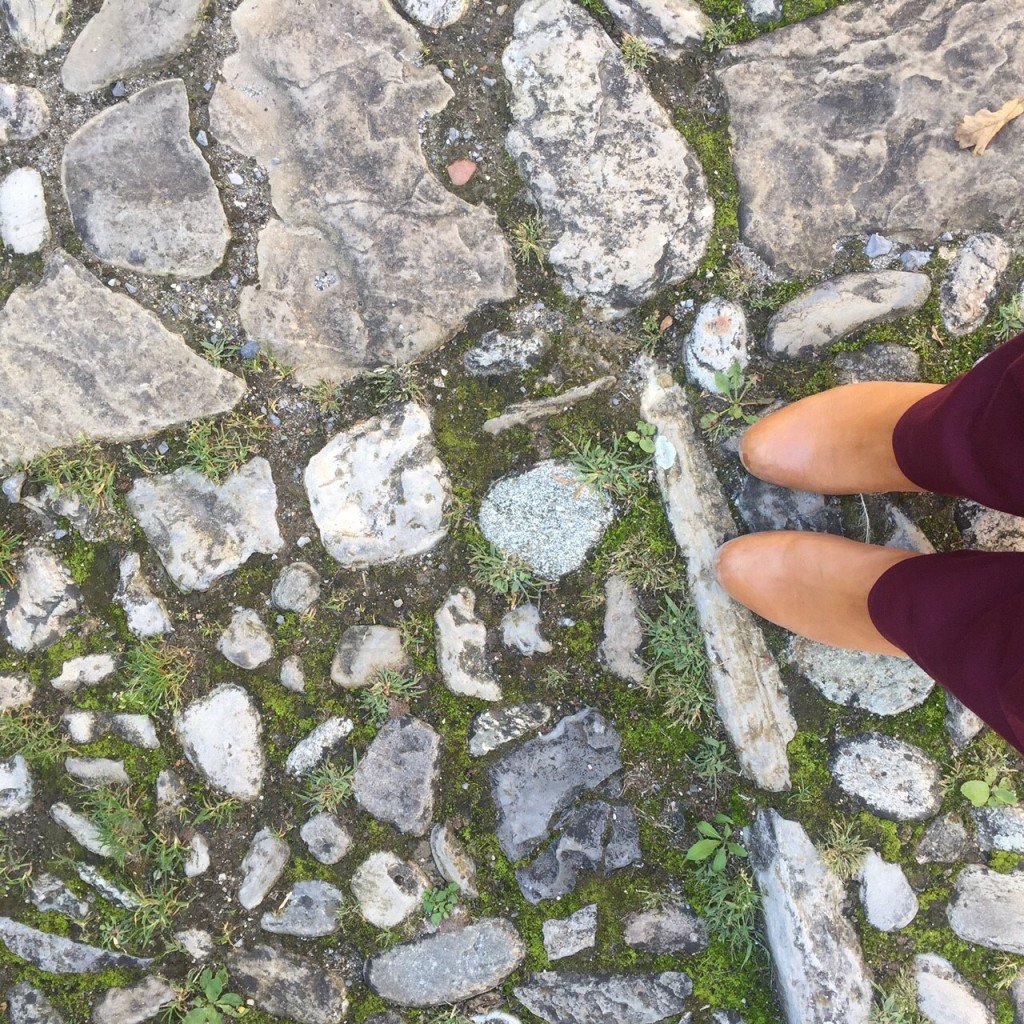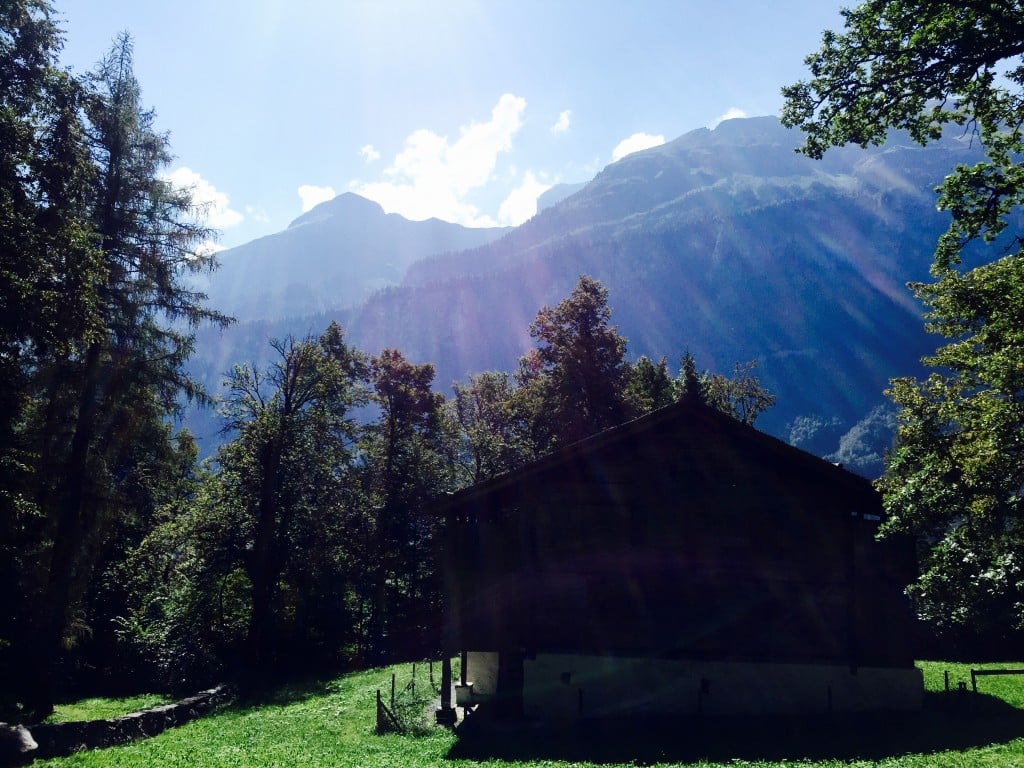Blog Archive
Miriam’s Travels: To Drive History Home
Homes are where history both happens and ends up. The vast majority of historic events are not composed of battles or major discoveries, but rather consist of the ordinary acts of living. As such, houses contain the history of the world.
The very idea of home is ancient. Regardless of where people have lived and at what point in time, they created homes. And yet, while nearly everyone has an idea of what a home is, defining it is difficult. At museums where homes are recreated such as at the Tenement Museum, the staff face the challenge of presenting and interpreting domestic life authentically.
This task recently brought together a group of historians and museum practitioners at the University of Bern in Switzerland as part of the Sinergia Project’s Doing House and Family Conference. We pondered: What is a home and what makes it authentic? Can we ever know what domestic life was truly like? What stories should be told within exhibits of home and what agendas mediate these interpretive decisions? And, lastly how should visitors be allowed to engage with the spaces and its objects?
Throughout the conference, we grappled with understanding the full complexity of homes and the multitude of meanings each contains. The way a space is composed, its acoustics, and even its smells are essential sources for understanding domestic life. Homes bear witness and demonstrate the transformation of public and private space and of spheres for humans and animals, as well as the creation of a nuclear family. They also illustrate changing notions of aesthetics and legal rights. And while decorations and furnishings change more rapidly than architecture, they are the stuff of material culture and key sources of home life.
While nearly all of us shared the ideal of evoking a home in a specific period of time, we differed in our approach to being site-specific, telling stories of real people, and in creating the context of the domestic sphere. For example, at the Geffrye in London, an old almshouse contains exhibits of multiple living rooms that never belonged to real people. Visitors explore the spaces through the lens of an invented story that is representative of time and place outside of the museum’s location. In contrast, at the Tenement Museum in New York City, the Birmingham Back to Backs , and at the Chateu de Prangins, the stories of real families that once lived inside the location are presented. The Robie House in Chicago offers a different combination of place-based stories of real people by giving little emphasis to the Robie family that lived inside, and instead using the space to illustrate its architect’s vision, Frank Lloyd Wright.
It was though our visit to Ballenberg, the Swiss Open-Air Museum, which left me puzzling the paradox of preserving living spaces by removing the life within them and freezing them at one moment in history. This museum includes 100 homes from across Switzerland that date from 1455 to the present. While it has the records of some of the stories of the people that once lived inside, the majority of homes are divorced from the stories of specific residents and all have been relocated from their original setting. Nevertheless, the museum’s emphasis on creating the context of domestic life by having real animals on the grounds, growing gardens, and giving visitors access to engage with the contents of the home was striking. The museum professional in me was shocked and amazed to discover that in some houses I could open pantries and look inside, that the smell of smoke was coming from an actual lit stove, and that real oil lamps provided the lighting. As I sat in a house, knowing nothing of the actual family that once called it home, I gained the knowledge that only comes from physically sitting on a hard wooden chair at the kitchen table and looking at its window onto its garden.
Like with all good museum visits, my curiosity was piqued, and I left with more questions about how museums present and interpret homes, then with answers.
- Blog by Miriam Bader, Education Director at the Lower East Side Tenement Museum

